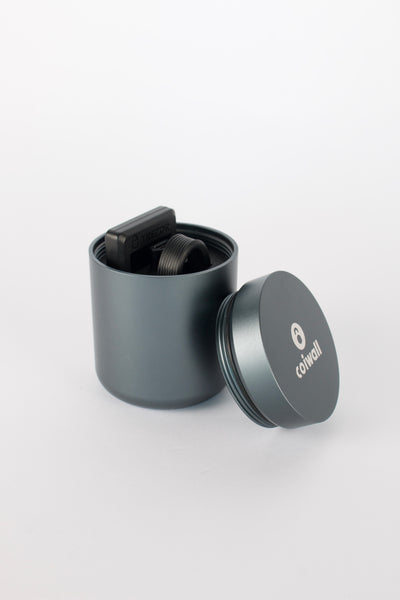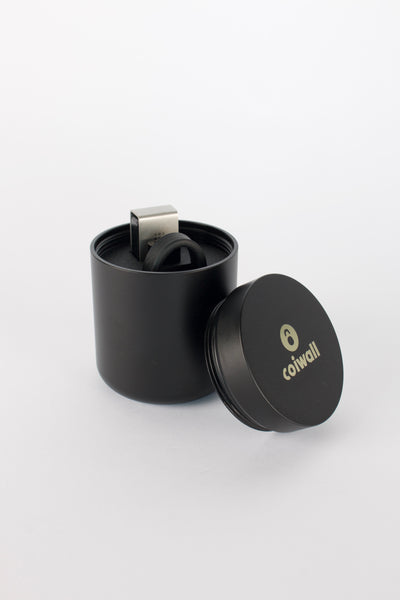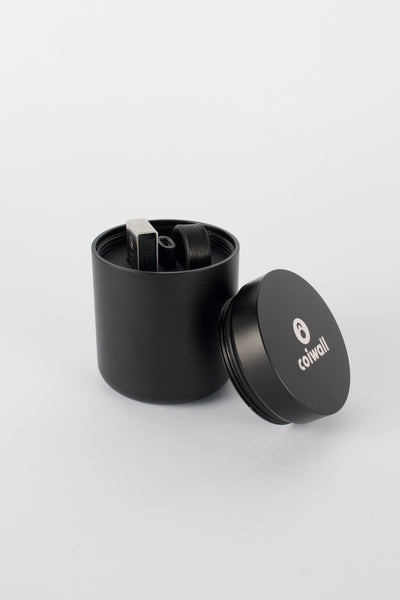If someone had told you a decade ago that playing games could literally pay your bills, you might have laughed it off as sci-fi or whimsical daydreaming. But here we are, in 2024, and GameFi is weaving that fantasy into our daily grind. It's not a passing fad—it's a rewiring of what it means to play, win, and own in the gaming universe. So, what's all the noise about?
Unlocking GameFi: More Than Just Playing for Fun
Let me explain. GameFi stands at the crossroads of gaming and decentralized finance, cranking traditional play up a level by letting you pocket actual crypto rewards for your time and effort. Imagine grabbing rare swords or magic potions that you genuinely own—like, the blockchain ledger says it's yours. That ownership isn't just digital bragging rights; it's tradeable, sellable, and sits snug in your digital wallet, not trapped in some game company's locked inventory.
Why does that matter? Because in traditional games, time spent and treasures earned evaporate if the publisher calls it quits or you move on. With GameFi? You take the loot, the tokens, even the character skins, wherever you want. That's a seismic shift, and believe me, players are here for it.
The Nuts and Bolts—How Does GameFi Actually Work?
Here's the thing: the magic sauce behind GameFi is a blend of blockchains—think Ethereum, Binance Smart Chain, and emerging networks like Avalanche—alongside non-fungible tokens (NFTs). Each game asset from that gleaming racing car in a metaverse garage to a tiny, wily pet monster you breed is an NFT you own. No need to trust a company's database when you can check a public ledger.
But GameFi goes even deeper. It's got decentralized finance (DeFi) tools baked right in. That means earning isn't just about crushing levels. You might stake your tokens, lend them for a bit of yield, or even vote on game-changing updates if you hold governance tokens. Your power as a player scales up.
From Play-to-Earn to Own-and-Earn
Traditional gamers play to win. GameFi players play to earn. But it's more than just in-game currency—it's access to assets with value outside the game. Imagine knocking out a boss battle and earning an NFT dragon you can sell on OpenSea or stake for extra rewards. That's some wild crossover between fun and finance, right?
- PvP/PvE Games: Battle it out for NFTs and tokens. Pikaster, for instance, marries strategy with staking—your monster cards are NFTs, and you can earn for keeping them in the fray.
- In-Game Economies: Community tokens double as both spending bucks and a say in how the game universe grows.
- Staking and Yield Farming: Forget letting your treasure collect dust; stake or lend it, and you could gain a passive trickle of new tokens. It’s almost like your in-game investments work as hard as you do.
You know what? This model even gives smaller game studios a foothold. Ever heard of Initial Game Offerings? Developers raise funds by selling in-game tokens or NFTs before the game's even out, sometimes sidestepping the gatekeepers (and headaches) of traditional publishers. Sometimes it's a gamble, sure, but for indie creators, it's a lifeline.
Real Ownership Means Real Security—But Watch Your Wallet
Let's be honest—a wallet loaded with valuable NFTs is catnip for hackers. That’s why hardware wallets like Trezor and Ledger get thrown into the GameFi mix. Picture them as your crypto-safe, protecting rare gear, precious tokens, and those quirky, high-value pets from digital sticky fingers. Most leading games now support these hardware wallets, reflecting just how mainstream asset security has become for players keen to both play and earn wisely.
It might sound techy, but these little devices sit on your desk like a USB stick and help keep your crypto stash locked down, even while you’re farming rewards or trading gear on open marketplaces. Sleep a little easier, right?
Challenges at the Next Level
Of course, GameFi isn’t pure sunshine and easy money. Blockchain networks can stumble when too many players pile in, clogging the pipes and driving up transaction costs. Not fun when you’re stressed about speed or counting every cent. That’s where platforms like Hedera come in, touting smoother, cheaper gameplay. Still, hiccups happen.
Even the games themselves sometimes fall flat. If a project is all about speculation and not enough about story or action, players drift away and values tumble. It's about balance—lure gamers in for the fun, but stick around for the community and innovative prize pools. Some projects do this beautifully; others, well, not so much.
What’s Next? GameFi’s Road Ahead
We're not just looking at games anymore. GameFi blends right into the rapidly expanding metaverse—shared, persistent worlds where your avatar can wear sneakers, race cars, or own land that sits proudly on the blockchain. It's all interconnected. Cross-game economies, interchain asset swaps, and even seasonal or event-based NFTs are popping up.
Developers are now toying with augmented reality, richer narratives, and wider social features. And as the tech matures, so does the security. Wallet integrations are smoother than ever. Expect to hear even more about Trezor, Ledger, and social-verified digital identities to keep scammers at bay.
It might sound overwhelming, but honestly—there’s a thrill in seeing this new economy get built, trade-by-trade and battle-by-battle. Whether you're a strategist, collector, investor, or just in it for the rush, GameFi is inching closer to that dream where what you play, you keep—and what you keep, could be your next meal ticket.
Wrapping Up—Why GameFi Isn’t Just a Passing Trend
There’s a lot happening, and it’s evolving fast. But if you’re even a little bit curious about where money and magic mix, keep your eye on GameFi. It’ll be messy some days and jaw-dropping the next, but that’s half the fun. And if you want in, securing a hardware wallet isn't just sensible—it's almost a rite of passage for digital adventurers. Who knew grown-up gaming could feel this fresh?











